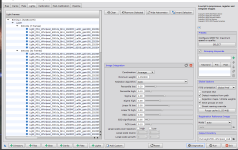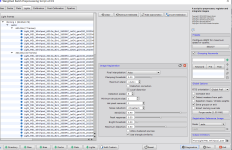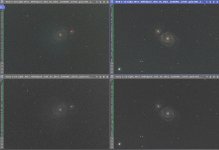I am using WBPP to try and get a stacked master light and I keep getting this error message:
Error: Unable to find an initial set of putative star pair matches.
I have also gotten some RANSAC errors but eliminated them and I have tried increasing the noise reduction from 0 to 5 in Image Registration but still cannot get a stacked master light. I am imaging M51 which does not have a lot of stars to begin with. I used a gain of 200 and I binned the capture in APT 2x2.
I have not had this problem in the past but I did use a different method of capturing my images by placing the ZWO camera on the back of the Telescope versus using a Hyperstar where the camera attaches to the front. There aren't a ton of stars but there are enough to stack so I don't understand the problem.
I am willing to post my source files if somebody would like to help me solve the problem.
Error: Unable to find an initial set of putative star pair matches.
I have also gotten some RANSAC errors but eliminated them and I have tried increasing the noise reduction from 0 to 5 in Image Registration but still cannot get a stacked master light. I am imaging M51 which does not have a lot of stars to begin with. I used a gain of 200 and I binned the capture in APT 2x2.
I have not had this problem in the past but I did use a different method of capturing my images by placing the ZWO camera on the back of the Telescope versus using a Hyperstar where the camera attaches to the front. There aren't a ton of stars but there are enough to stack so I don't understand the problem.
I am willing to post my source files if somebody would like to help me solve the problem.
Last edited:





